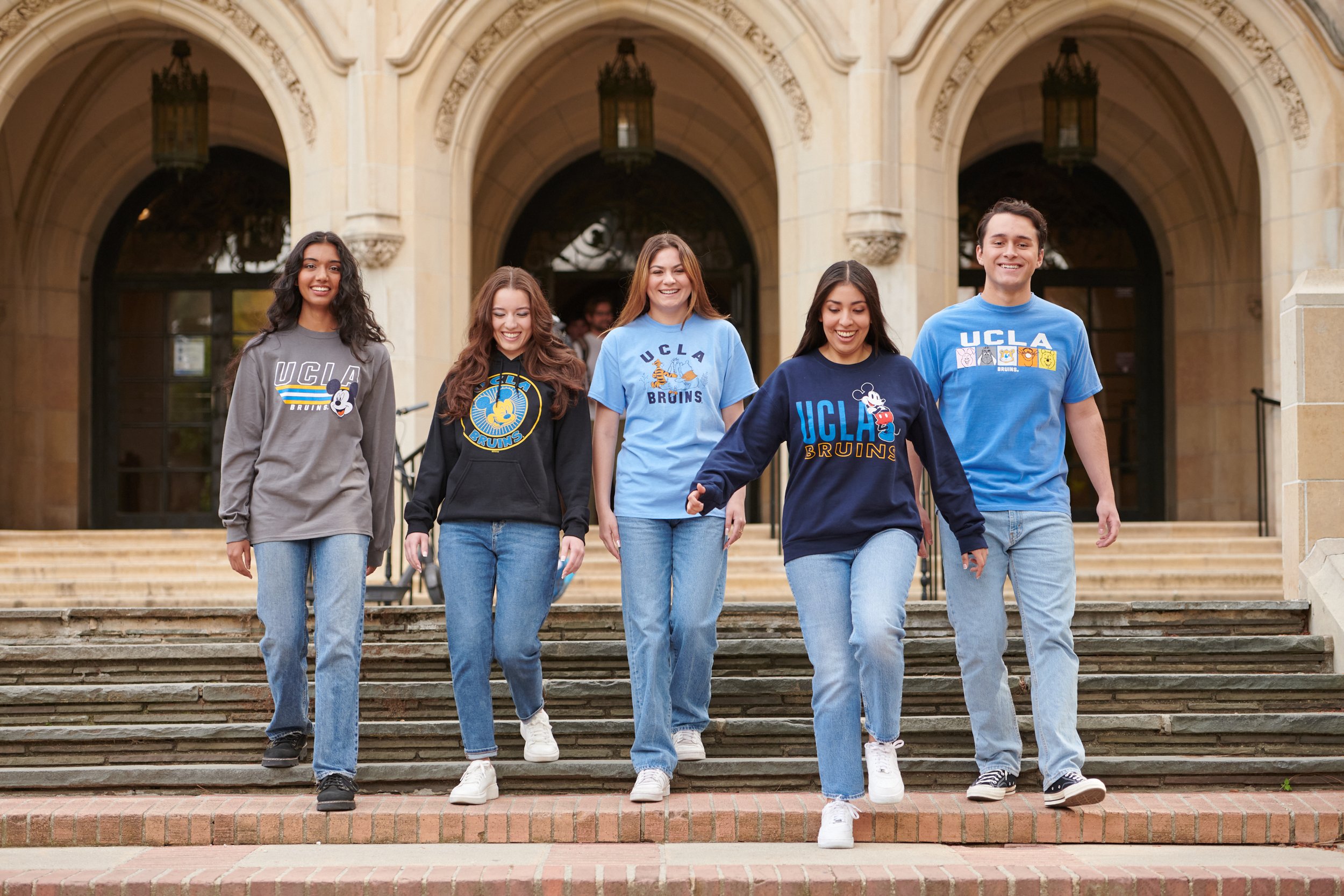
Life Skills
Financial Skills 101
Resources:
Financial support
Includes the financial aid office, loan service office, student accounts office, Wescom Credit Union, Financial Supports Commission, Economic Crisis Response Team, VITA, etc.
Specialized centers
Includes the Bruin Resource Center, LGBT Center, Dashew Center, Undocumented Student Center, Transfer Student Center, Clothing Center, etc.
Scholarship and grants
Includes the Scholarship Resource Center, Graduate Center, etc.
Employment
Includes ASUCLA, Handshake, LinkedIn, etc.
Housing assistance
Includes Bruin Shelter, UCLA Housing, etc.
Printing services
Printing and loaning services on campus
Food security and resources
Includes the CPO Food Closet, UCLA CPO Fitted Eats, Cafe 580, etc.
Health and wellbeing
Includes the Arthur Ashe Center, Rape Treatment Center, UCLA GRIT, etc.
Visit UCLA’s Financial Wellness Program website for more information
Documents and Resources:
Budgeting Excel sheet
A template budgeting excel sheet that can help in managing monthly expenses.
Loan repayment checklist
A checklist by the Financial and Wellness Program at UCLA that can help guide individuals on how to stay on top of their student loan repayment
Loan calculator
A calculator/loan simulator by Federal Student Aid that can assist in calculator your student loan payments
Credit Analysis
Credit monitoring sites are a great resource to monitor your credit and protect yourself from suspicious activity, fraud, or identity theft. Some monitoring sites include Credit Karma, Experian, IdentityForce, and more.
Compare Credit Cards
Learn about the variety of credit cards in the market, the benefits and features of each one, and a comparison between 2 or more cards.
Annual credit report
Request and view your annual free credit reports to help protect your credit history from any errors, theft, etc.
Visit UCLA’s Financial Wellness Program website for more information
Information
Budget
Creating a budget - or an estimation of income and expenses over a period of time - is critical for college students to ensure they remain on top of their finances. Some of the most common expenses for students include activity fees, supply fees, room and board fees, and transportation costs. A common allocation method is called the 50-30-20 rule - spend 50% of your income on needs, 30% on wants, and save 20%.
Student loans
There are three main types of federal loans: direct subsidized, direct unsubsidized, and direct plus that all are slightly distinct (different interest (and accrued interest) rates, grace periods, repayment plans, etc.). One could also obtain private loans from private lenders like banks and credit unions. Loans can also be consolidated for convenience purposes. Students can determine their eligibility for federal loans by filling out the FAFSA every year. In addition to having to pay back the original principal amount, one that takes out a loan has to also pay interest - an extra charge levied by a lender on someone borrowing money. The Student Aid Estimator (www.studentaid.gov) and Net Price Calculator (www.collegecost.ed.gov) are very helpful. Use https://nsldsfap.ed.gov/login to see information regarding your history with federal student loans. Grace periods generally extend for about six months after graduation, and a standard repayment plan is 10 years in length. If one is having issues paying off a loan, consider pursuing the rehabilitation process (re-evaluate the balance owed). The Truth in Lending Act requires lenders to provide clear information regarding loan costs. Spending more than 10% of your monthly income on paying off loans = excessive.
Personal finance
401(k) retirement plan is an employer-sponsored savings account where either pre- or post-tax income from your paycheck is directly deposited (and might be matched). IRAs allow you to set money aside for retirement purposes. Nearly 40% of Americans now partake in online banking. Checking accounts allow you to deposit and easily withdraw funds. Only about 40% of families have enough savings to cover 3+ months of expenses. Savings accounts like CDs enable you to earn high amounts of favorable interest (on the condition that the money placed in the account is not accessible for a set period of time). 84% of U.S. adults have at least one credit card - the ability to utilize funds with the expectation that repayment will occur later. Might be charged interest if not repaid in proper amount of time. Credit history chronicles your activities - checked by lenders and institutions that might withhold funds if yours is poor.

